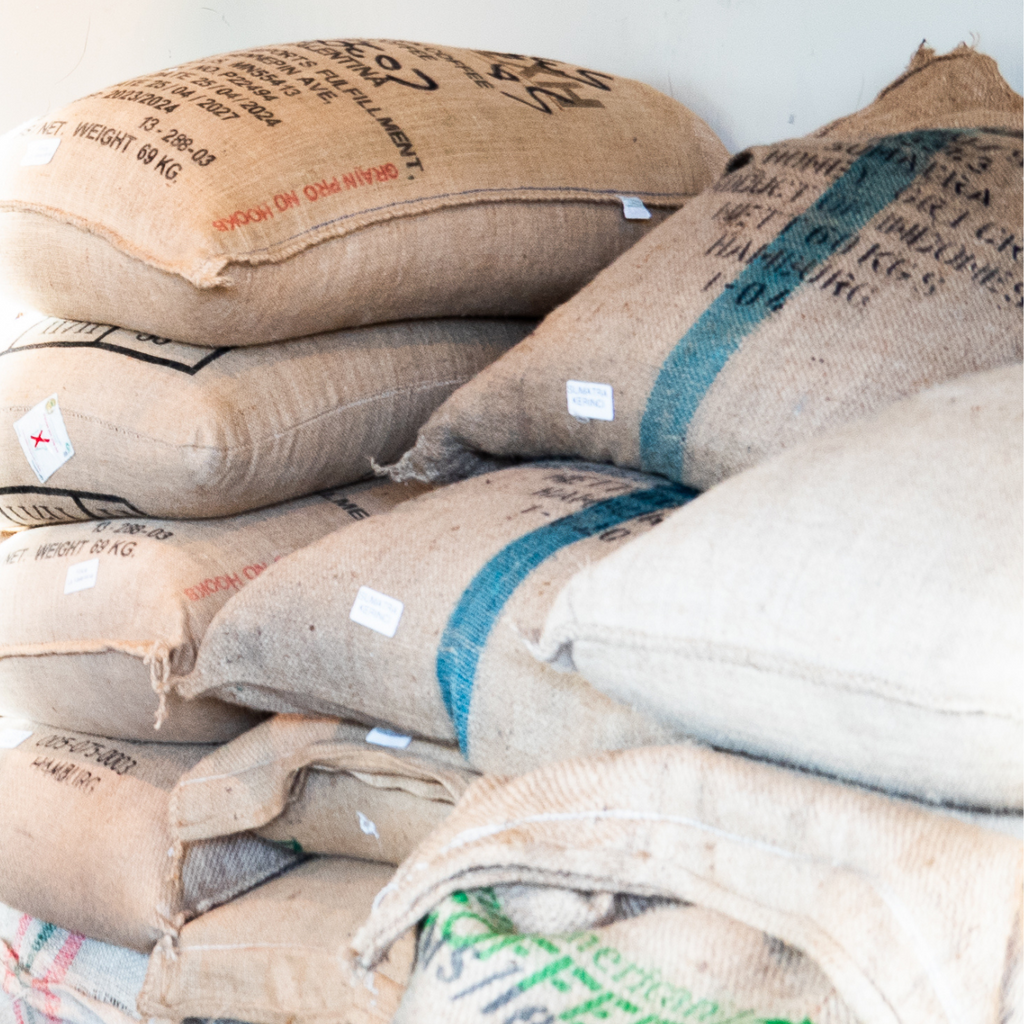Co-fermentation in coffee: What does the term mean?

In the world of specialty coffee, a curious term has been surfacing for some time: co-fermentation. While this method has long been known in wine and beer production, it is now attracting attention in coffee—both among producers and consumers.
What is co-fermentation?
In co-fermentation, coffee cherries are fermented together with other ingredients before further processing. Unlike traditional processing methods such as "washed" or "natural," which only use the fruit itself, co-fermentation uses ingredients such as fruits, herbs, spices, or microorganisms such as lactic acid bacteria.
The goal is to use these additional components to develop new, often unusual flavors in the coffee. The fermentation process often takes place under controlled conditions—for example, temperature-controlled or anaerobic (with the absence of oxygen).
How does the process work?
A typical process looks like this:
- Ripe coffee cherries are selectively harvested.
- They are mixed with other ingredients in a closed fermentation tank.
- The mixture ferments over a certain period of time – often between 24 and 72 hours.
- The beans are then dried and processed as usual.
Depending on the combination of ingredients, fermentation time, temperature, and type of microorganisms, this process can produce very different sensory results. Coffees from such processes often exhibit intense, fruity, or floral aromas, which arise from fermentation with external ingredients.
Discussion in the specialty coffee community
Co-fermentation is not without controversy. While some producers and roasters emphasize its creative potential, others express concerns about transparency and authenticity. For example, some competitions have decided to exclude co-fermented coffees because their flavor profile does not result exclusively from variety, terroir, and traditional processing.
Nevertheless, many see co-fermentation as an exciting addition to existing processing methods and an opportunity to create new expressions in coffee.
Conclusion
Co-fermentation is a relatively new, experimental method in coffee processing that significantly expands the spectrum of possible flavors. It's part of a larger trend toward more experimentation and microbiologically controlled processing in specialty coffee. Even if it's not universally accepted, it remains an exciting area of current coffee research and development.
